Did you know that only three people in every 100 in Scotland gives blood?
Seems most of the population are like me – either too scared of needles or just ‘never get around to it’.
But reading that statistic made me all the more determined to roll up my sleeve and join the 3% who answer the call to ‘give blood, save lives’.
Since coming within a hair’s breadth of needing a blood transfusion after giving birth, I’ve been painfully aware that anyone of us could need blood at any time.
I’m ashamed to admit, though, that my horror of blood and needles meant it took more than 13 years just to make the appointment.
My veins have been reluctant participants when giving blood samples in the past, retreating deep into my arms at the sniff of a needle.
During that pregnancy I had several medics gathered round me to ‘have a go’ on more than one occasion.
One jokingly told me to let her know when I’d be back so she could make sure it was her day off. At least I assumed she was joking.
The first step to being a blood donor in Burntisland
Congratulations on taking the first step, the Scottish National Blood Transfusion Service told me, when I booked my session.
The thought was filling me with dread. But I was also eager to help people like little Isabella Mackay, from Blairgowrie, in Perthshire.
She was given an emergency transfusion when she was born in January 2024.
And she’s not alone in her family for having blood donors to thank for her life.
Both her mum Lauren Webster and gran Donna Webster have also had transfusions.
After giving birth to Lauren Donna needed blood. Then Lauren needed blood when she suffered sepsis as a teenager.
Donna said: “We have three happy and healthy generations in our family all thanks to blood donors.
“We’d like to remind donors that your gift keeps on giving for many years – or in our case many generations.”
Tattoos, body-piercing and sexual health questions
So thinking of Isabella, Lauren and Donna I put on my big girl pants and shuffled off to a donor session in the Kingswood Hotel, Burntisland.
As advised, I’d eaten and drunk plenty of water beforehand.
I’d also already passed my eligibility screening interview. Often this is done at your appointment but mine was conducted in advance over the phone.
No, I hadn’t had any tattoos or body piercings in the last six months. And no, I hadn’t had a specific type of sex they asked about. I hadn’t even heard of it!
There are more than 200 rules affecting whether a person is eligible to give blood, so they need to be thorough.
Joining the blood donors in Burntisland
After a warm welcome I took a seat beside the other waiting blood donors in Burntisland to fill in a form and sign my blood away.
I could see a dozen or so trolley beds with people on them already making their donations.
The place was abuzz; a hive of activity. Staff were dotting about, tending to and chatting with donors.
After just a few minutes I was called up for more questions with Nathan.
Then a finger prick test to check my iron level. Oh. I wasn’t expecting that.
But, of course, the anticipation was worse than the split second of discomfort.
Nathan also checked my veins to make sure there was one big and prominent enough. There was. Phew.
Another brief seat to await a free trolley.
When it was time to make myself comfortable for the main event, Lesley got me ready and explained the process.
How a blood donation is taken
A pressure cuff is placed on your upper arm, the crook of your elbow cleaned with antiseptic then the needle inserted.
Blood flows first into some tubes to allow it to be screened to determine its group and ensure it is safe for transfusion.
Then it fills a blood bag resting on a scale nearby. This usually takes between 5 and 15 minutes.
After you’re done, you’re encouraged to rest for a few minutes and given a drink and sugary snack.
Tunnocks Tea Cakes are the biscuit of choice among seasoned donors.
Each donation can potentially save or improve the lives of up to three people because it can be split into red cells, platelets and plasma.
Banter relieves my anxiety
I’m feeling a bit anxious at this stage. I don’t enjoy either the feeling of the cuff or the thought of the needle which is on its way.
So the chat and banter from Lesley and her colleague Linda is appreciated, taking my mind off the experience.
Then it was time for Linda to insert the needle.
I pumped my fist to encourage the flow. And it worked. Phew.
After a quick and painless prick – I can’t guess how many times Linda must have heard the question ‘was that it?’ – I could see blood flowing through the tube attached to my arm.
Being a squeamish type, though, I didn’t dwell on this sight, welcome as it was.
Sadly, my blood donation journey came to a screeching halt soon after.
After filling some tubes with enough to screen my blood for safety and determine its type my unyielding veins decided enough was enough.
Photographer Steve is a lifesaver
My blood slowed to a drip and clotted before my bag could be filled, meaning it had to be discarded.
I felt decidedly deflated that after finally finding the courage, I’d not been able to make a donation.
Thankfully photographer Steve Brown, a veteran blood donor, had already volunteered to give while he was there.
So at least The Courier had contributed to Scotland’s blood supply, even if I had not.
Steve’s blood and that of the 100 or so other donors in Burntisland that night had the potential to save or improve the lives of up to 300 people.
That’s pretty amazing.
Certainly worth the effort of taking an hour out of your life to donate, even if you’re a scaredy cat like me.
Where does the blood go?
Straight after the session the blood of Steve and the other Burntisland donors went to a processing and testing laboratory. There it was separated into red blood cells, platelets and plasma.
Assuming it was certified safe after testing for viruses such as HIV and hepatitis, it was labelled and ready for use wherever in Scotland it was needed.
There are 28 blood banks across Scotland, which must be stocked 24/7.
Blood can be kept refrigerated for 35 days and platelets seven days. Fresh frozen plasma lasts up to three years.
And the Scottish National Blood Transfusion Service aims to have six days of stock of all eight blood groups at any time to ensure patients who need it get blood.
More donors are needed
So the appeal for new and returning donors is constant.
Cara McGuigan, donor publicity manager, says: “We always welcome new younger donors. You can start giving blood age 17.
“But we notice up to 50% fewer 17-year-olds coming forward from five years ago.
“As Scotland faces an aging population, this poses a significant challenge.”
Appointments can be booked online or by phoning SNBTS on 0345 90 90 999. Donations can be made at Dundee Blood Donor Centre in Ninewells Hospital or regular donor sessions held in halls, community centres and hotels in towns and villages across Courier Country.
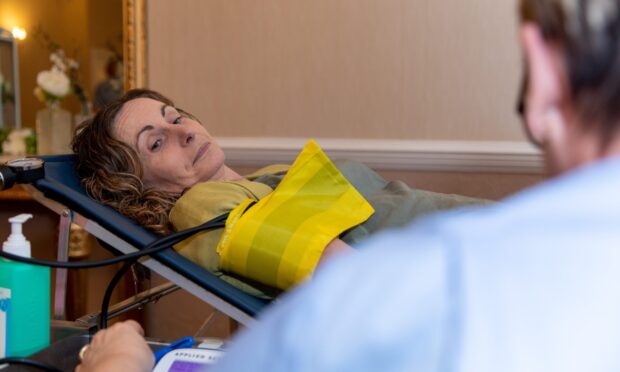
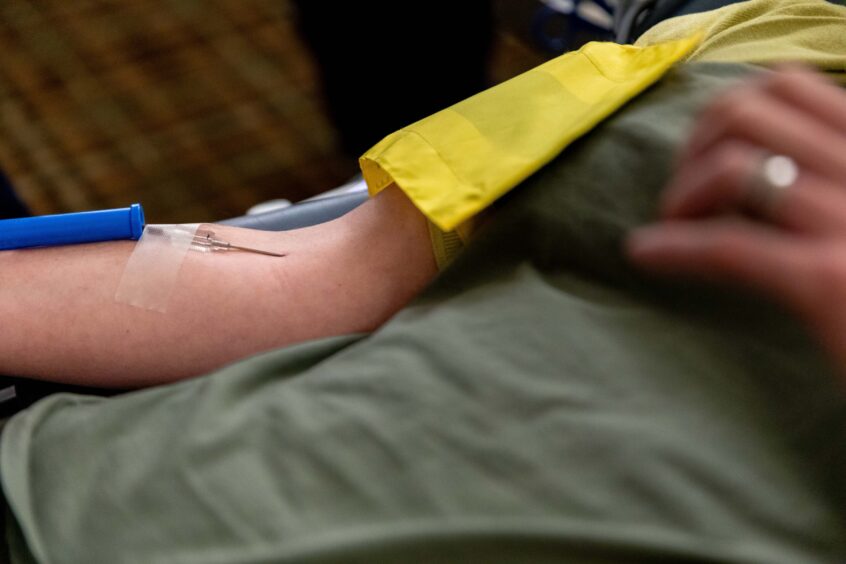
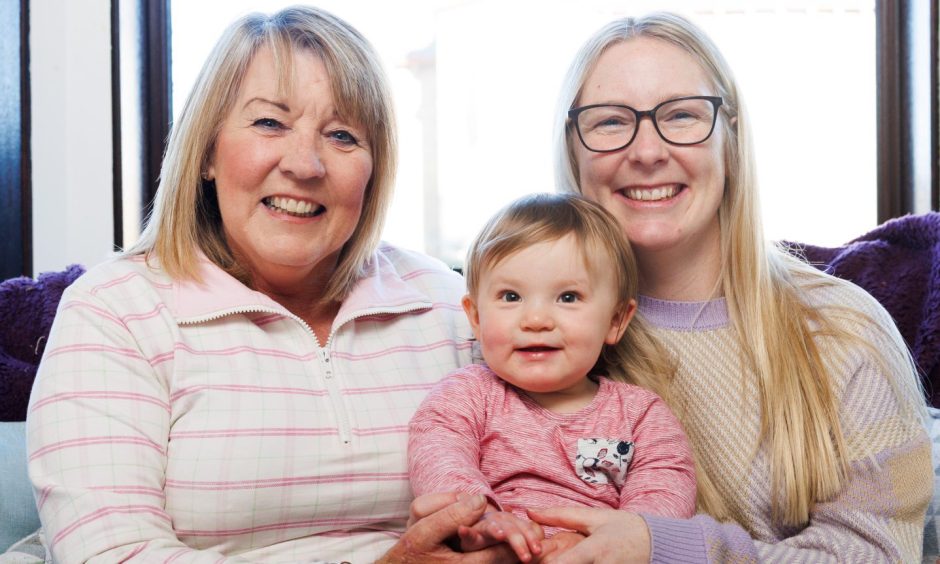
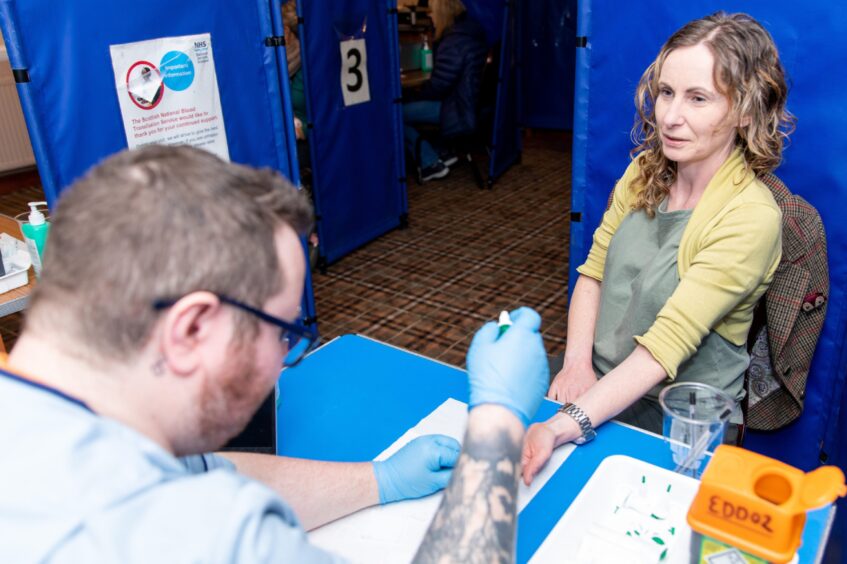
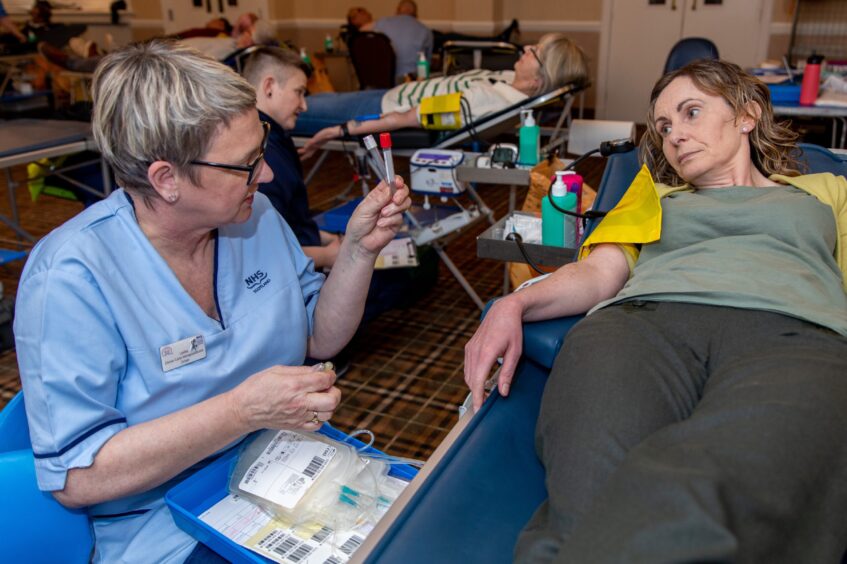
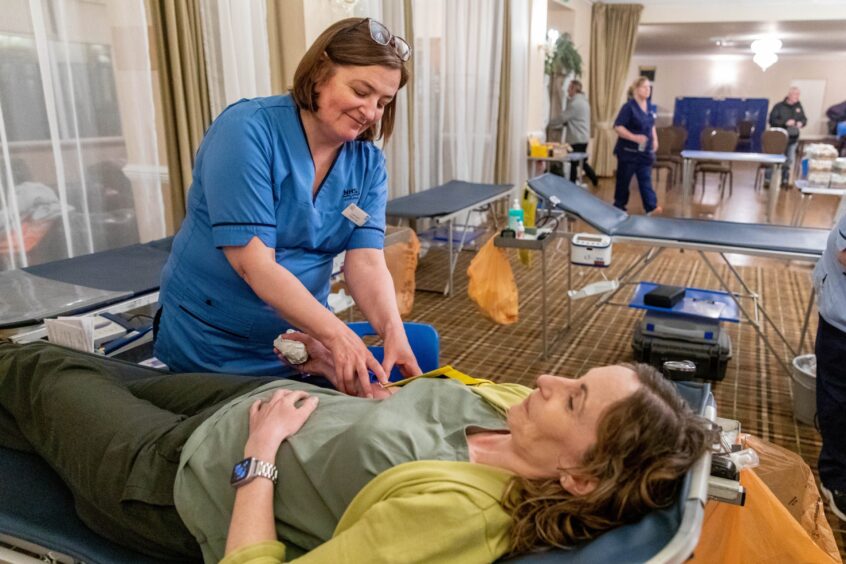
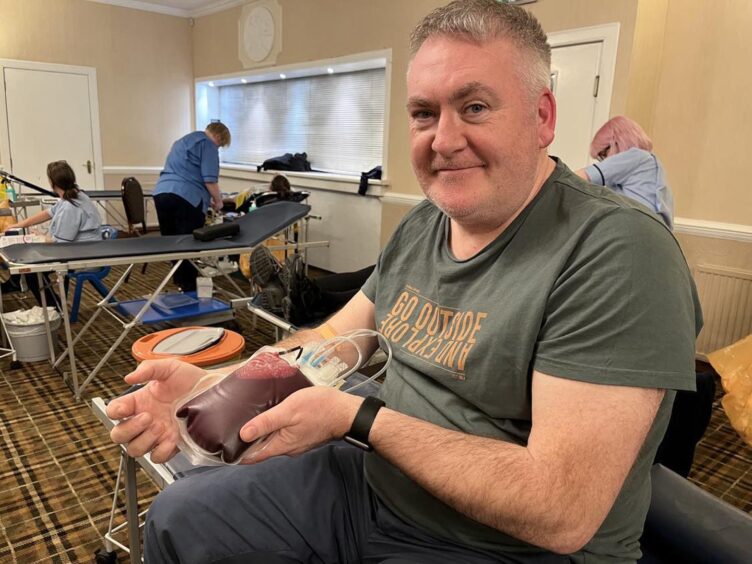
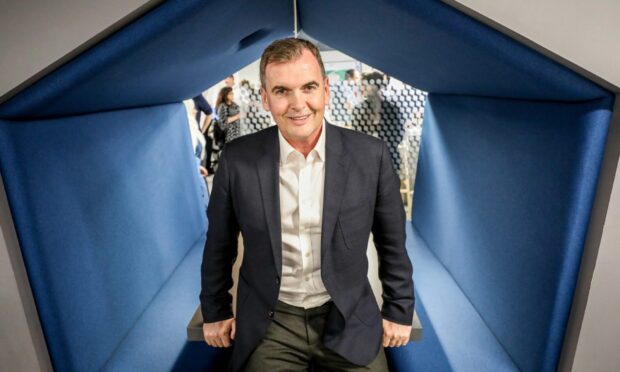
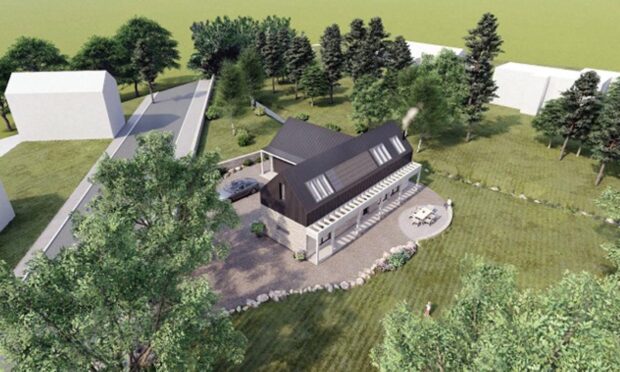

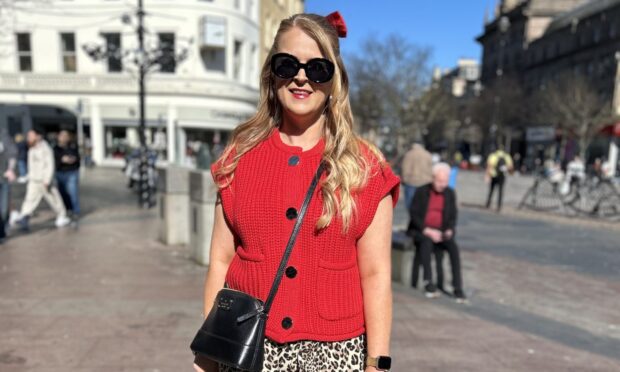

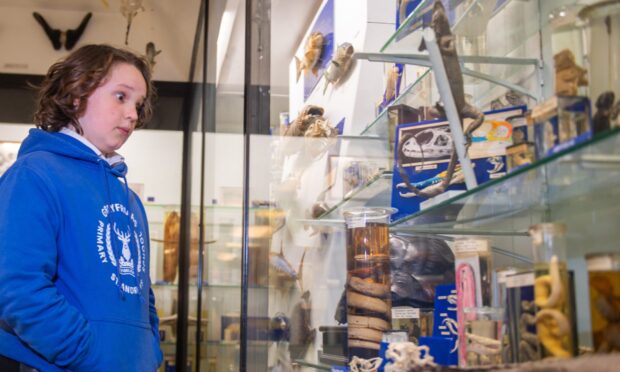
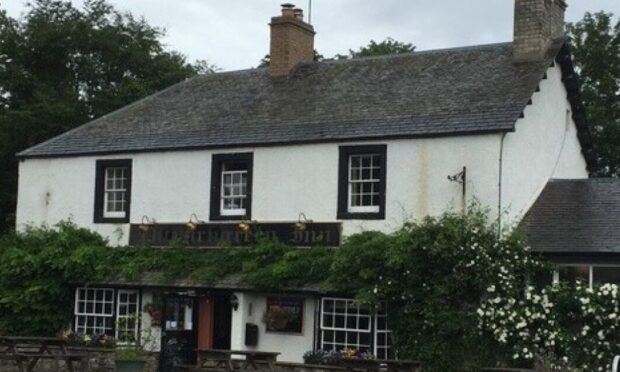
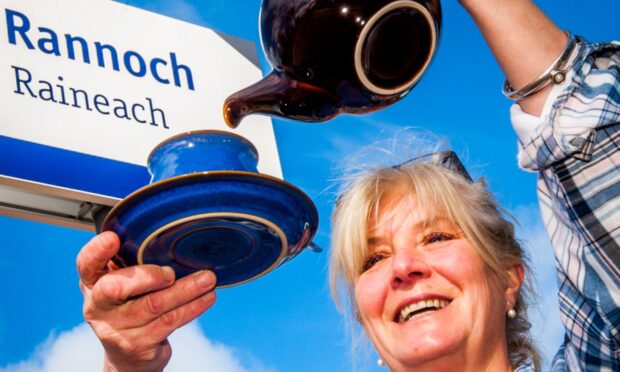
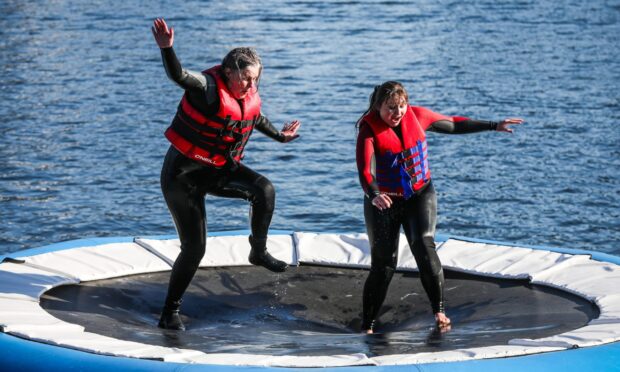
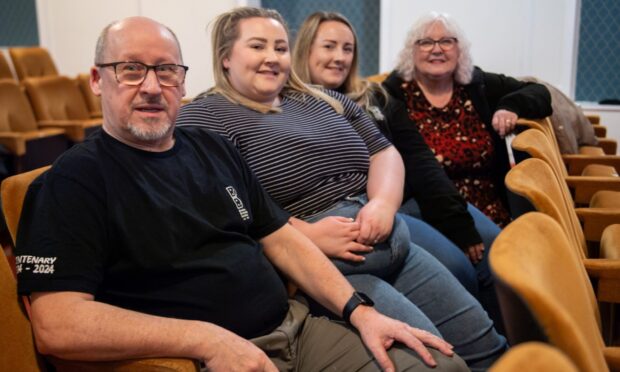
Conversation